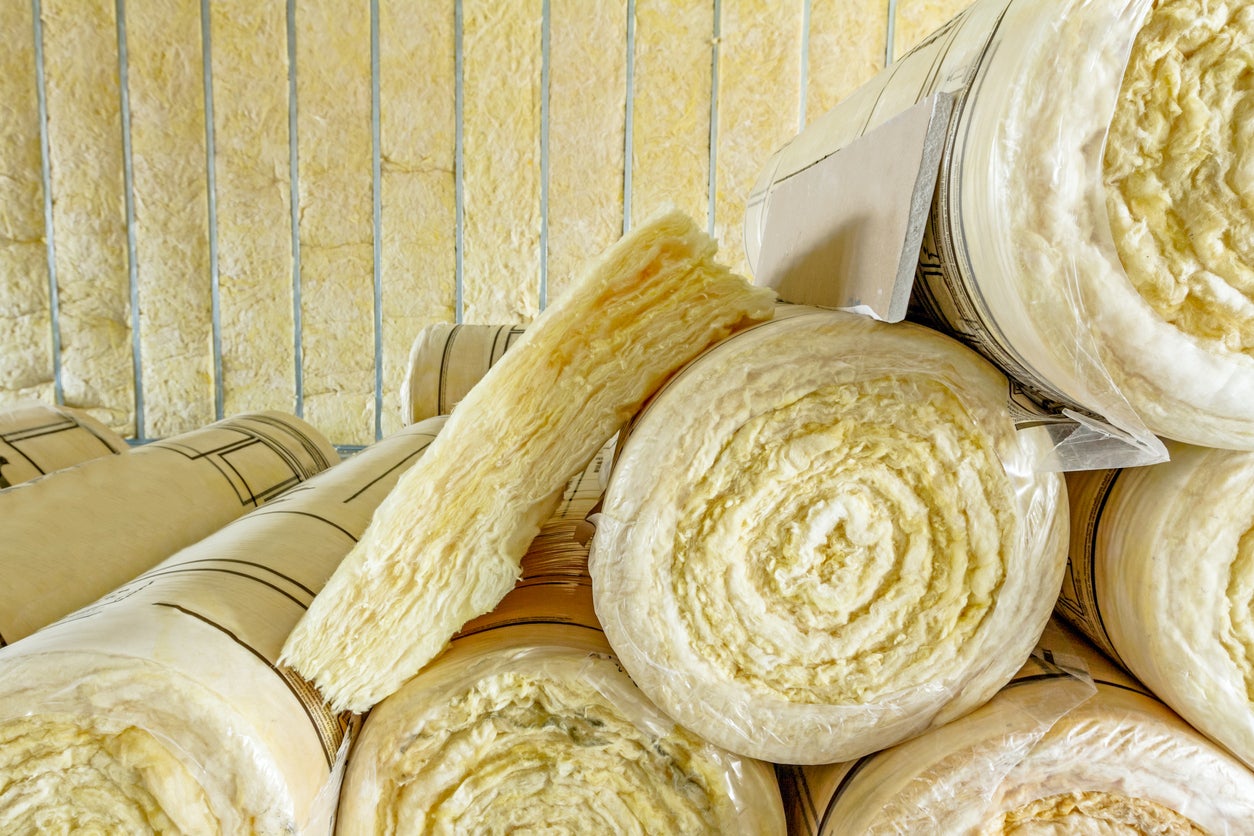

Articles
What Is Yellow Insulation Made Of
Modified: August 28, 2024
Learn all about articles and discover what yellow insulation is made of. Gain insight into the materials used and their benefits for your home.
(Many of the links in this article redirect to a specific reviewed product. Your purchase of these products through affiliate links helps to generate commission for Storables.com, at no extra cost. Learn more)
Introduction
Insulation is a crucial component of any building, helping to regulate temperature, reduce energy consumption, and enhance comfort. When it comes to insulation, there are various types available, each with its own unique properties and benefits. In this article, we will explore the world of insulation and specifically delve into the topic of yellow insulation.
While yellow insulation may not be as commonly known as other types, such as pink fiberglass or white foam, it is still a popular choice in many applications. Yellow insulation offers excellent thermal performance and can be found in both residential and commercial buildings.
In this article, we will unravel the mystery behind yellow insulation, exploring the materials used, its benefits, and how it compares to other types of insulation. Whether you are a homeowner contemplating a new insulation installation or a construction professional looking to expand your knowledge, this article will provide you with valuable insights into the world of yellow insulation.
So, let’s jump right in and discover what yellow insulation is all about!
Key Takeaways:
- Yellow insulation, including fiberglass, cellulose, mineral wool, and foam-based options, offers a range of benefits such as thermal resistance, fire safety, sound insulation, and affordability, making it a versatile choice for energy-efficient and comfortable buildings.
- Eco-friendly insulation alternatives, such as cotton, sheep’s wool, aerogel, and mushroom insulation, provide effective thermal properties while promoting sustainability and minimizing harm to the environment, offering greener options for insulation needs.
Read more: What Is Insulation Made Of
The Basics of Insulation
Before we delve into the specifics of yellow insulation, it is important to understand the fundamental concept of insulation itself. Insulation is a material that is used to reduce the transfer of heat between spaces. It acts as a barrier, preventing the loss or gain of heat, thereby maintaining a consistent internal temperature.
Insulation is commonly used in walls, floors, ceilings, and roofs, as well as around pipes and ductwork. Its primary function is to improve energy efficiency by reducing the amount of energy required to heat or cool a space.
Insulation works by slowing down the movement of heat. It does this through three primary methods of heat transfer: conduction, convection, and radiation.
- Conduction: Heat transfer through direct contact between materials. Insulation materials with low thermal conductivity, such as yellow insulation, effectively slow down the conduction of heat.
- Convection: Heat transfer through the movement of fluids or gases. Some insulation materials, like foam-based options, are designed to minimize convective heat transfer.
- Radiation: Heat transfer through electromagnetic waves. Insulation with reflective surfaces, like radiant barriers, helps to block the transfer of radiant heat.
The effectiveness of insulation is measured by its thermal resistance, commonly referred to as its R-value. The higher the R-value, the better the insulation will be at resisting heat flow. When selecting insulation, it is important to consider the recommended R-value for your specific region and climate conditions.
Now that we have covered the basics of insulation, let’s dive into the specifics of yellow insulation and discover what makes it unique.
What is Yellow Insulation?
Yellow insulation refers to a type of insulation material that is characterized by its yellow color. It is commonly used in residential and commercial buildings as a cost-effective and efficient solution for thermal insulation.
Yellow insulation is available in various forms, including rolls, batts, and loose-fill. It can be installed in walls, ceilings, floors, and attics to improve energy efficiency and maintain comfortable indoor temperatures.
One of the most common types of yellow insulation is fiberglass insulation. Fiberglass insulation consists of tiny glass fibers that are woven together to create a dense, fluffy material. The yellow color in fiberglass insulation is often due to the resin coating used to bind the fibers together.
Yellow insulation is known for its excellent thermal resistance properties, helping to minimize heat transfer and improve energy efficiency. It also provides sound insulation, reducing noise transmission between rooms and floors.
In addition to fiberglass, yellow insulation can also be made from other materials such as cellulose, mineral wool, and foam-based materials. Each of these materials offers its own unique benefits and application methods.
Yellow insulation is a popular choice for its affordability, ease of installation, and versatility. It is readily available in most home improvement stores and can be installed by homeowners or professionals.
Now that we have defined yellow insulation, let’s explore the different materials used to create this type of insulation.
Materials Used in Yellow Insulation
Yellow insulation is made from a variety of materials, each with its own set of characteristics and benefits. Understanding the materials used in yellow insulation can help you make an informed decision when choosing the right insulation for your project.
Fiberglass: Fiberglass insulation is one of the most commonly used materials in yellow insulation. It consists of glass fibers that are manufactured into rolls, batts, or loose-fill. These fibers are lightweight, flexible, and resistant to fire and moisture. Fiberglass insulation provides excellent thermal performance and is relatively affordable.
Cellulose: Cellulose insulation is made from recycled paper treated with fire retardants. It can be blown into walls, attics, and floors using special equipment. Cellulose insulation has good thermal resistance and is environmentally friendly due to its recycled content.
Mineral Wool: Mineral wool insulation, also known as rock wool or slag wool, is made from molten rock or industrial waste materials. It is available in batts or loose-fill form and offers excellent fire resistance and acoustic properties. Mineral wool insulation is suitable for high-temperature applications.
Foam-Based Insulation: Foam-based insulation, such as spray foam or rigid foam boards, is another option for yellow insulation. Spray foam insulation is applied using a spray gun and expands to fill gaps and cavities. Rigid foam boards are durable and provide superior insulation. Foam-based insulation offers high R-values and helps to improve energy efficiency.
These are just a few examples of the materials used in yellow insulation. Each material has its own advantages, so it is important to consider factors such as cost, environmental impact, fire resistance, and ease of installation when choosing the right insulation for your project.
Now that we have explored the materials used in yellow insulation, let’s take a closer look at fiberglass insulation, one of the most common types of yellow insulation.
Fiberglass
Fiberglass insulation is one of the most widely used materials in yellow insulation. It is made from tiny glass fibers that are woven together to form a dense, fluffy material. The yellow color in fiberglass insulation is often a result of the resin coating used to bind the fibers.
Fiberglass insulation offers excellent thermal performance, making it an effective choice for insulating residential and commercial buildings. It helps to reduce heat transfer, keeping buildings cooler in the summer and warmer in the winter. Additionally, fiberglass insulation provides sound insulation, minimizing noise transmission between rooms and floors.
One of the key advantages of fiberglass insulation is its affordability. It is a cost-effective option compared to other types of insulation materials. Fiberglass insulation is readily available in different forms, including rolls, batts, and loose-fill, making it easy to customize for various insulation needs.
Another benefit of fiberglass insulation is its fire resistance. The glass fibers in the insulation are naturally non-combustible, making fiberglass insulation a safer choice. It also does not require the use of additional fire retardants, reducing the risk of harmful chemicals being released in the event of a fire.
Fiberglass insulation is also moisture-resistant, preventing the growth of mold and mildew. This quality is crucial in maintaining a healthy indoor environment and preventing damage to the structure of the building.
Installation of fiberglass insulation is relatively straightforward, making it suitable for DIY projects. It can be easily cut to fit around pipes, electrical outlets, and other obstructions. When installing fiberglass insulation, it is important to wear protective clothing, such as gloves and a mask, to avoid irritation from the tiny glass fibers.
In summary, fiberglass insulation is a versatile and cost-effective material for yellow insulation. It offers excellent thermal and sound insulation, fire resistance, and moisture resistance. Whether you are insulating a new construction or upgrading the insulation in an existing building, fiberglass insulation is a reliable choice.
Now, let’s move on and explore another material used in yellow insulation: cellulose.
Yellow insulation is typically made of fiberglass, which is a lightweight and cost-effective material with good thermal insulation properties. It is commonly used in residential and commercial buildings for its energy efficiency and fire resistance.
Read more: What Is Foam Insulation Made Of
Cellulose
Cellulose insulation is another type of yellow insulation that is gaining popularity due to its eco-friendly properties and effective thermal performance. It is made from recycled paper that is treated with fire retardants, making it a sustainable choice for insulation.
One of the key advantages of cellulose insulation is its high recycled content. It is made from post-consumer recycled paper, such as newspaper or cardboard, which helps reduce the demand for new raw materials. By choosing cellulose insulation, you can contribute to waste reduction and promote a more sustainable building industry.
Cellulose insulation is typically installed in walls, attics, and floors using a blowing machine. The insulation can be evenly distributed to fill gaps and cavities, providing excellent thermal resistance and reducing air leakage. It creates a tightly sealed envelope, preventing drafts and heat loss.
Another benefit of cellulose insulation is its natural resistance to fire. The fire retardants used in cellulose insulation make it a safer option in case of a fire. The insulation material slows down the spread of flames, providing valuable time for evacuation and reducing property damage.
In addition to its thermal and fire-resistant properties, cellulose insulation offers excellent sound absorption. It helps to dampen noises and reduce sound transmission between rooms and floors, creating a quieter and more comfortable living or working environment.
Cellulose insulation is also known for its ability to regulate moisture. It has the capacity to absorb and release moisture, helping to maintain balanced humidity levels within a building. This characteristic prevents the growth of mold and mildew, promoting a healthier indoor environment.
While cellulose insulation offers numerous benefits, it does have some considerations. It requires professional installation due to the specialized equipment used for blowing the insulation into place. Additionally, cellulose insulation can settle over time, so periodic inspection and maintenance may be necessary to ensure optimal performance.
In summary, cellulose insulation is an environmentally friendly option for yellow insulation. It is made from recycled materials, offers excellent thermal and sound insulation, and provides fire resistance and moisture regulation. Consider cellulose insulation for your next insulation project to enhance energy efficiency and sustainability.
Now, let’s move on to explore another material used in yellow insulation: mineral wool.
Mineral Wool
Mineral wool, also known as rock wool or slag wool, is a versatile material used in yellow insulation. It is made by melting natural rocks or industrial waste materials and then spinning them into fibers, creating a fluffy and dense insulation material. Mineral wool insulation is available in batts or loose-fill form.
One of the key advantages of mineral wool insulation is its excellent fire resistance. The high melting point of the fibers makes it highly resistant to fire, helping to inhibit the spread of flames and protect the structure of the building. Mineral wool insulation is often used in areas where fire safety is a priority, such as commercial buildings and industrial applications.
In addition to its fire-resistant properties, mineral wool insulation provides effective thermal insulation. It helps to reduce heat transfer and maintain optimal indoor temperatures. The dense fibers of mineral wool create air pockets, trapping air and preventing the flow of heat, enhancing energy efficiency and reducing heating and cooling costs.
Mineral wool insulation also offers exceptional sound absorption qualities. The fibers are able to dampen and absorb sound waves, reducing noise transmission between rooms and floors. This makes it an ideal choice for spaces where noise control and privacy are important, such as offices, theaters, or apartments.
Another advantage of mineral wool insulation is its durability. It does not deteriorate over time and is resistant to pests, such as rodents or insects. It does not promote the growth of mold or mildew, creating a healthier indoor environment.
While mineral wool insulation offers a range of benefits, it does have some considerations. It can be heavier and less flexible than other insulation materials, making installation more challenging. The fibers can also cause skin and respiratory irritation, so it is important to take proper safety precautions, such as wearing protective clothing and masks, when handling mineral wool insulation.
In summary, mineral wool insulation is a reliable option for yellow insulation, offering excellent fire resistance, thermal insulation, sound absorption, and durability. Consider mineral wool insulation for applications where fire safety, energy efficiency, and sound control are important factors.
Now, let’s move on and explore another material used in yellow insulation: foam-based insulation.
Foam-Based Insulation
Foam-based insulation is a popular choice for yellow insulation due to its excellent thermal performance and versatility. It is available in different forms, including spray foam and rigid foam boards, offering a range of benefits for various insulation applications.
Spray Foam Insulation: Spray foam insulation is applied using a spray gun, allowing it to expand and fill gaps and cavities. It is made by mixing two chemical components that react and form a foam-like substance. Spray foam insulation provides a seamless and airtight barrier, preventing the leakage of air and heat transfer. It offers high R-values, which measure thermal resistance, making it highly energy-efficient.
Spray foam insulation is particularly effective at sealing air leaks and insulating irregularly shaped areas, such as crawlspaces and attics. It can conform to any shape or surface, providing a superior level of insulation compared to other types of insulation materials.
Rigid Foam Insulation: Rigid foam insulation is made from polystyrene or polyurethane and is available in board form. It is known for its durability and high R-values. Rigid foam boards are lightweight and easy to handle, making installation straightforward.
Rigid foam insulation is commonly used in walls, roofs, and foundations. It offers excellent thermal resistance and helps to minimize heat transfer. It also provides a moisture barrier, reducing the risk of mold or rot in the building’s structure.
Both spray foam and rigid foam insulation offer additional benefits such as soundproofing and improved indoor air quality. They can help to reduce noise transmission and provide a barrier against outdoor pollutants and allergens.
While foam-based insulation offers numerous advantages, there are a few considerations to keep in mind. Professional installation is often recommended for spray foam insulation, as it requires specialized equipment and proper application techniques. It is also important to follow safety precautions, as some foam insulations may release volatile organic compounds (VOCs) during installation.
In summary, foam-based insulation, including spray foam and rigid foam, is a versatile and effective choice for yellow insulation. It provides superior thermal performance, air sealing, moisture resistance, and additional benefits such as soundproofing and improved indoor air quality. Consider foam-based insulation for projects where energy efficiency and airtightness are top priorities.
With a good understanding of the materials used in yellow insulation, including fiberglass, cellulose, mineral wool, and foam-based options, you can make an informed decision when it comes to selecting the best insulation for your specific needs.
Next, let’s explore some eco-friendly insulation alternatives that are gaining popularity in the industry.
Eco-Friendly Insulation Alternatives
As sustainability and environmental consciousness continue to gain momentum, the demand for eco-friendly insulation alternatives has increased. These alternatives offer effective insulation properties while minimizing the impact on the environment. Let’s explore some popular options:
Cotton Insulation: Cotton insulation is made from recycled denim, diverting old jeans and other cotton materials from landfills. It is typically treated with fire-retardant chemicals to enhance its safety. Cotton insulation has excellent thermal and sound insulation properties, is easy to handle and install, and has low VOC emissions.
Sheep’s Wool Insulation: Sheep’s wool insulation is a natural and renewable option. It is sourced from the fleece of sheep and treated to make it fire-resistant and repellent to pests. Sheep’s wool insulation offers excellent thermal performance, fire resistance, and resistance to mold and mildew. It is also biodegradable, making it a sustainable choice.
Aerogel Insulation: Aerogel is a highly efficient insulating material with remarkable thermal properties. It has an extremely low thermal conductivity, making it one of the most effective insulators available. Aerogel is made from silica-based gel and is used in various industries, including construction. It is lightweight, non-toxic, and provides excellent insulation in thin applications.
Mushroom Insulation: Mushroom insulation, also known as mycelium insulation, is an innovative and sustainable option. It is made from agricultural waste combined with mycelium, the root structure of mushrooms. The mycelium binds the waste materials together, creating a strong and insulating material. Mushroom insulation is biodegradable, fire-resistant, and has low embodied energy.
Recycled Paper Insulation: Recycled paper insulation, also known as cellulose insulation, is made from recycled paper treated with fire retardants. It offers excellent thermal insulation, sound absorption, and moisture resistance. Recycled paper insulation is a sustainable choice as it reduces waste and utilizes recycled materials.
These eco-friendly insulation alternatives provide effective insulation properties while promoting sustainability and minimizing harm to the environment. Consider these options if you are looking for insulation materials that align with your eco-conscious values.
Now, let’s conclude our exploration of yellow insulation alternatives.
Read more: What Is Electrical Wire Insulation Made Of
Conclusion
Insulation plays a vital role in maintaining comfortable and energy-efficient buildings, and yellow insulation offers a range of options to suit various needs. Whether you opt for fiberglass, cellulose, mineral wool, foam-based insulation, or eco-friendly alternatives, each material provides unique benefits for effective thermal and sound insulation.
Fiberglass insulation, with its affordability and fire resistance, remains a popular choice for yellow insulation. Cellulose insulation stands out for its high recycled content and moisture regulation properties. Mineral wool insulation excels in fire resistance, thermal performance, and sound absorption. Foam-based insulation, both spray foam and rigid foam, provides superior insulation and air sealing capabilities.
For those seeking sustainable solutions, eco-friendly insulation alternatives such as cotton insulation, sheep’s wool insulation, aerogel insulation, mushroom insulation, and recycled paper insulation offer a greener and more environmentally conscious approach.
Before selecting yellow insulation for your project, consider factors such as thermal resistance, fire safety, ease of installation, and budget. It is also essential to understand the specific requirements of your building, climate conditions, and energy efficiency goals.
Remember, insulation not only helps reduce energy consumption and utility costs but also enhances the overall comfort and acoustic performance of a building. Therefore, choosing the right yellow insulation is crucial to creating a sustainable, efficient, and comfortable living or working environment.
With this comprehensive knowledge about yellow insulation and its various materials and alternatives, you can confidently make informed decisions when it comes to insulating your space and reaping the benefits of energy efficiency and improved comfort.
Now, it’s time to take action and turn your insulation goals into reality with the right yellow insulation choice for your project.
Frequently Asked Questions about What Is Yellow Insulation Made Of
Was this page helpful?
At Storables.com, we guarantee accurate and reliable information. Our content, validated by Expert Board Contributors, is crafted following stringent Editorial Policies. We're committed to providing you with well-researched, expert-backed insights for all your informational needs.
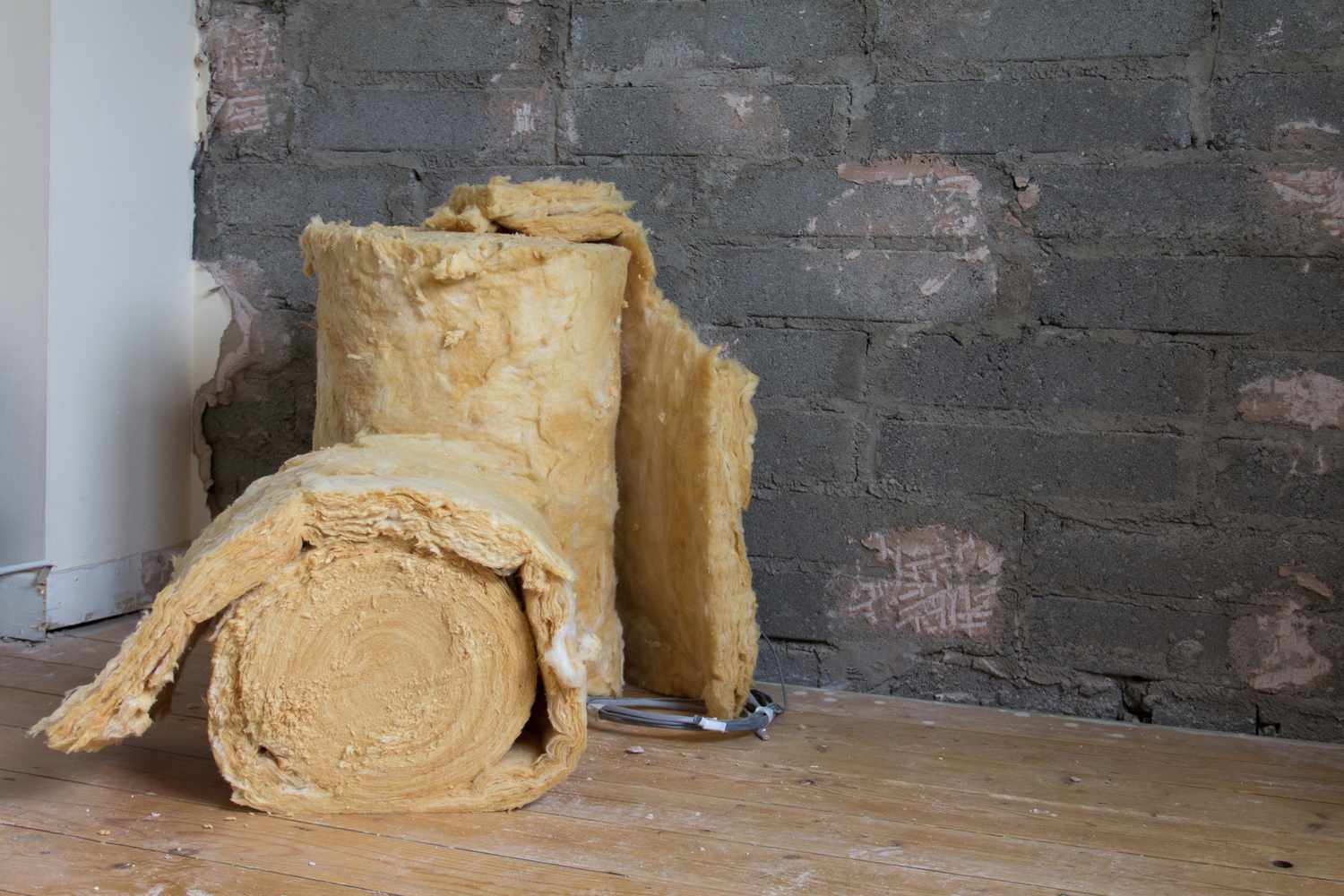

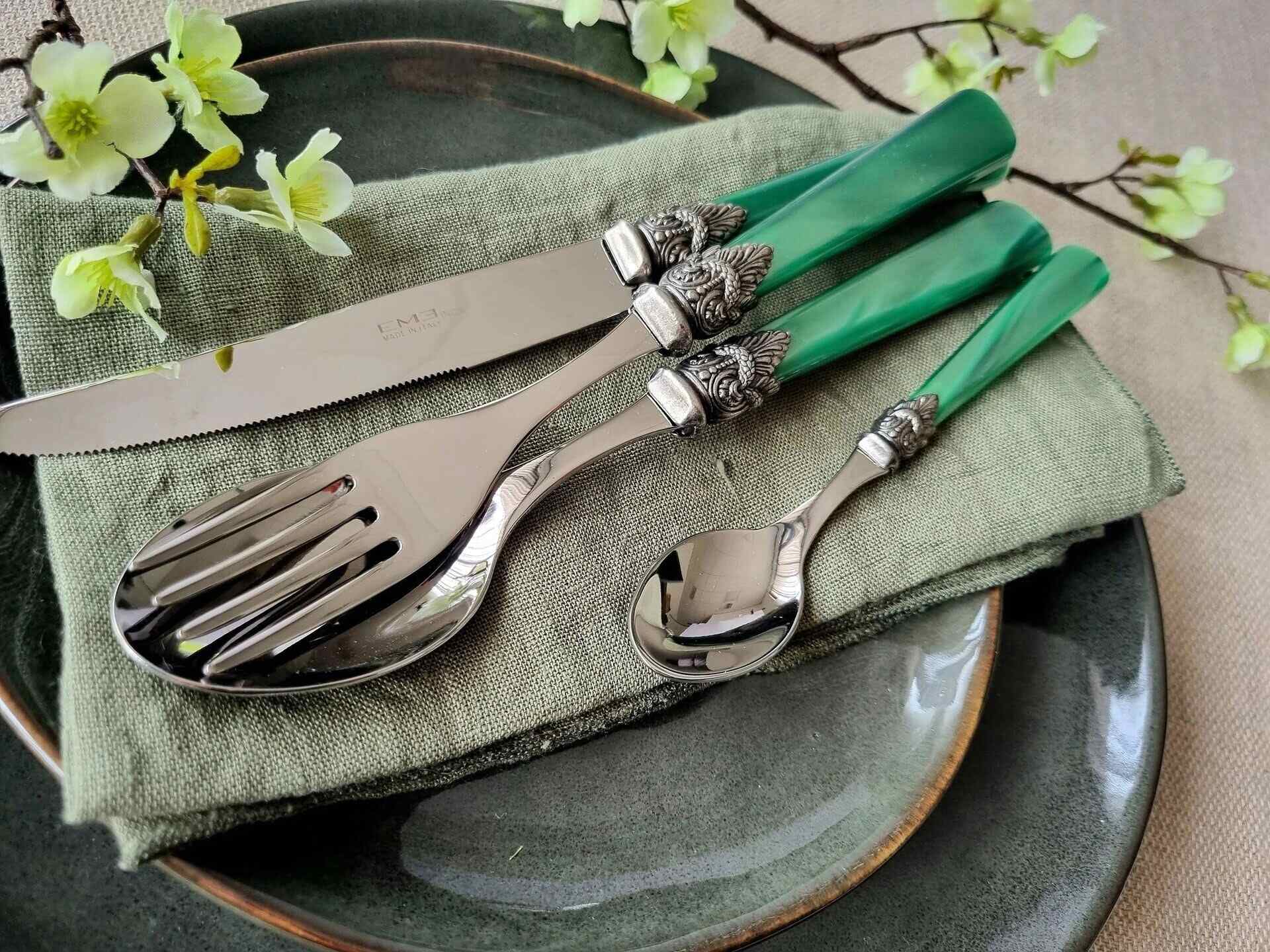
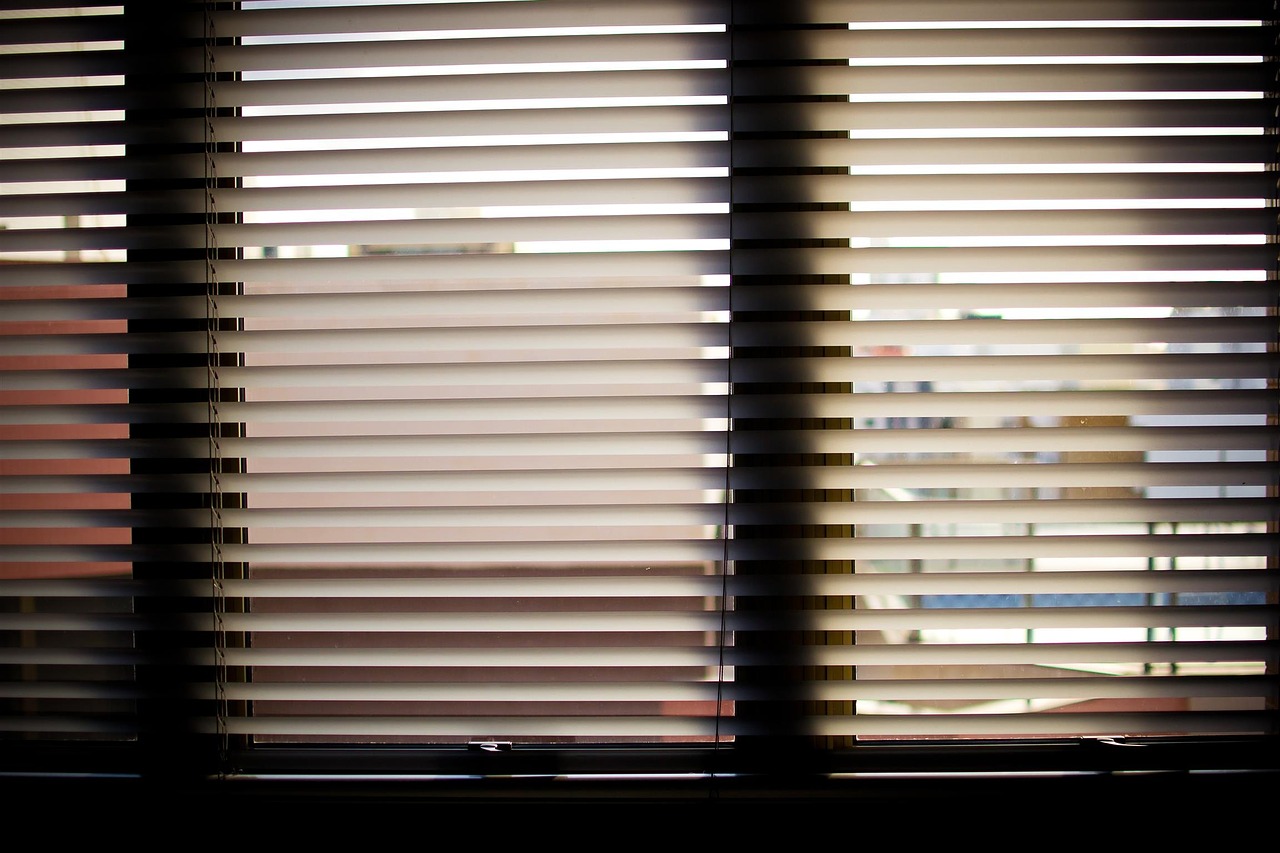

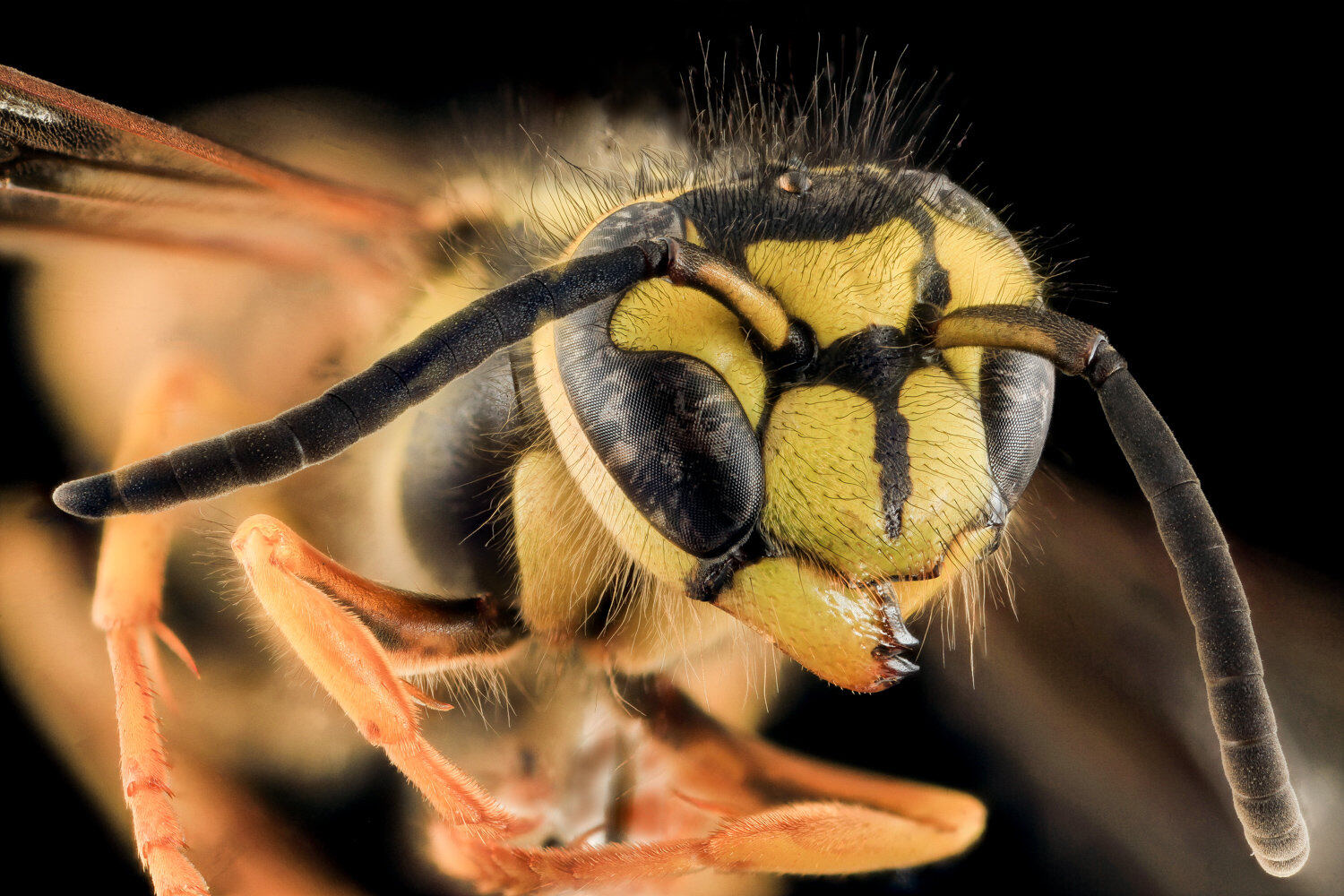
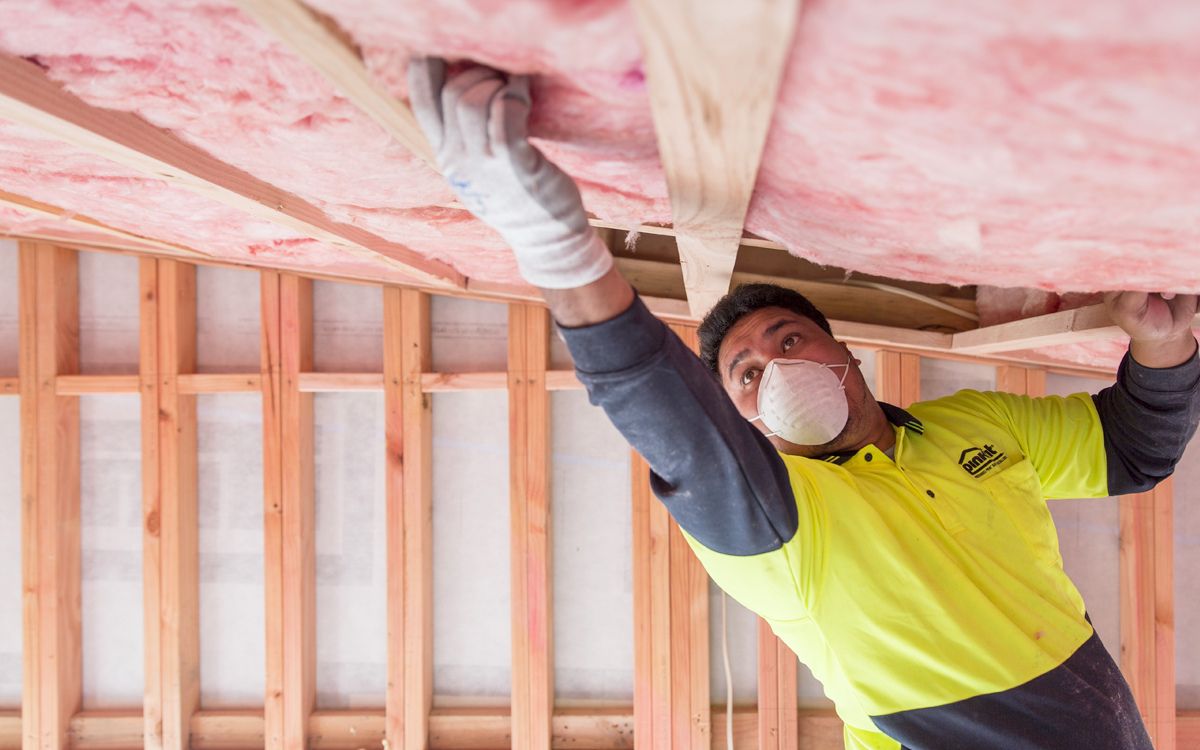

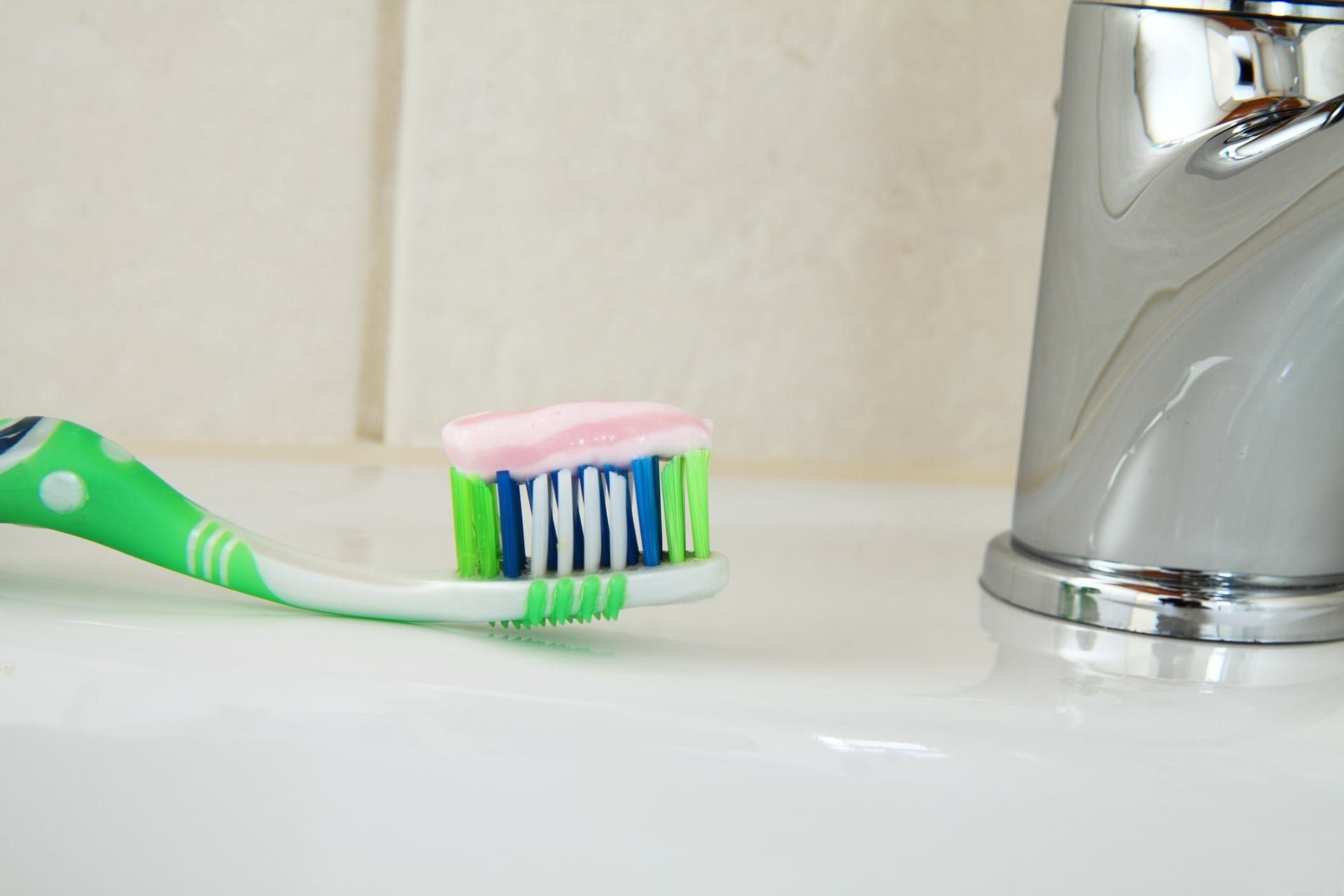

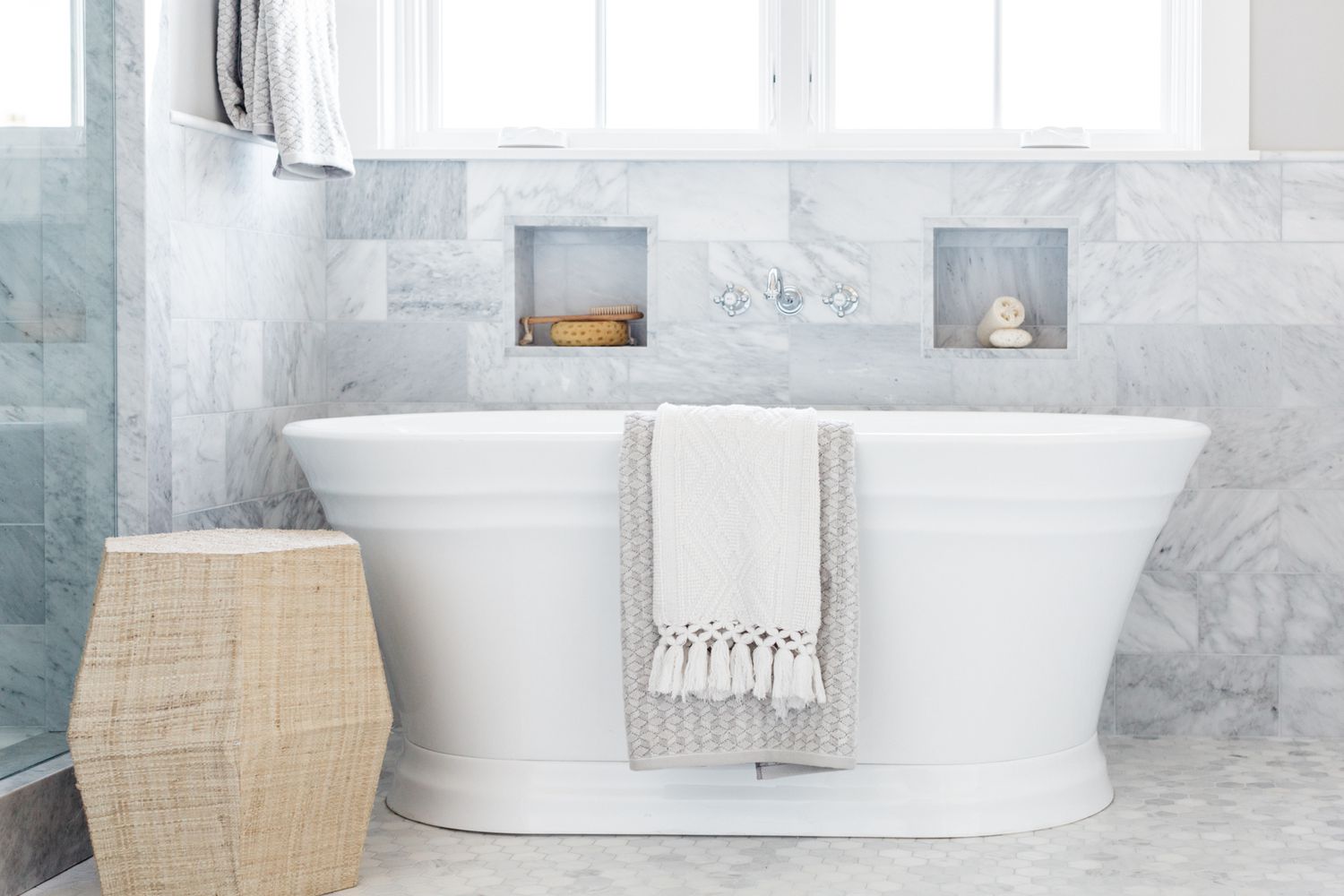
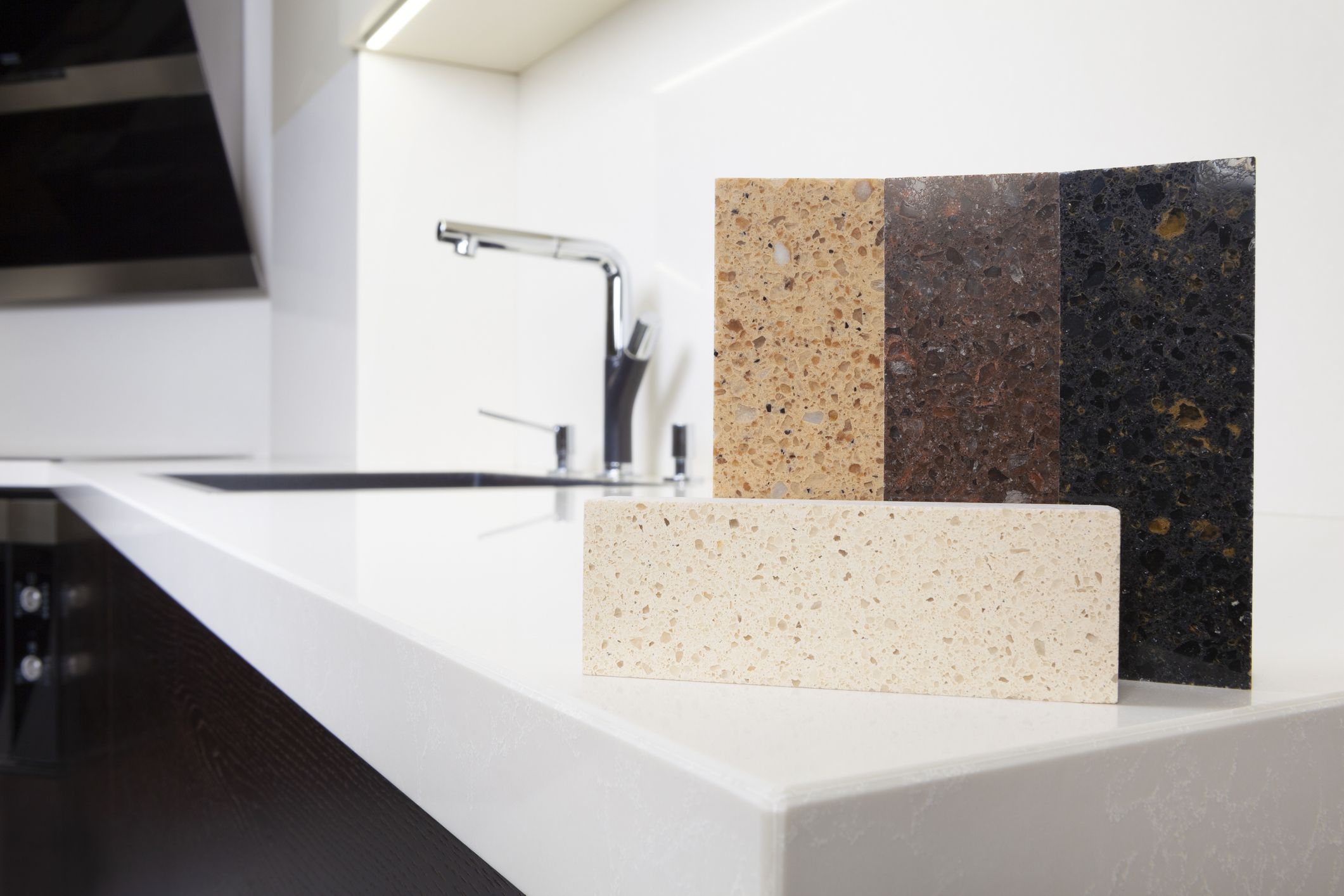
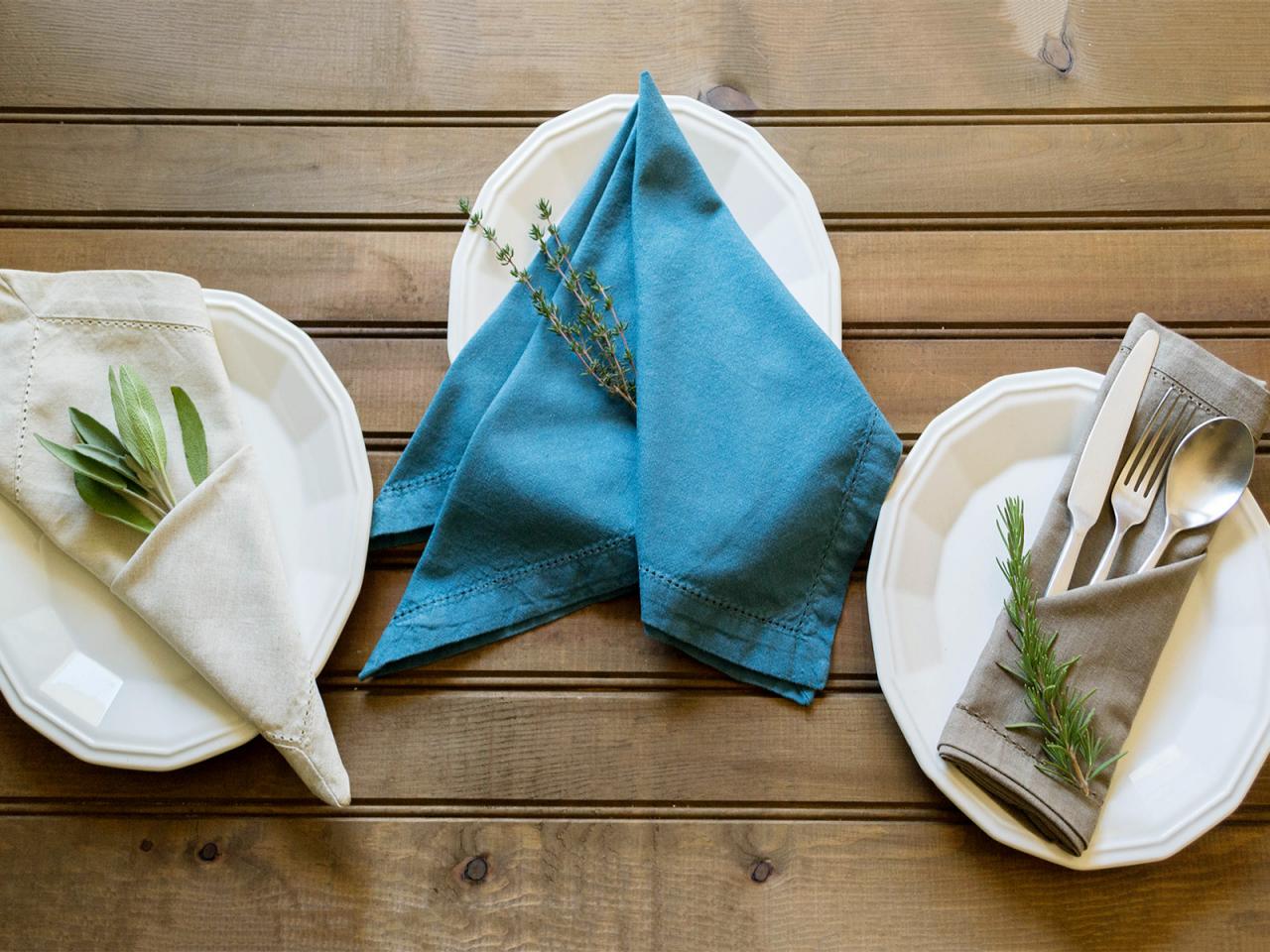

0 thoughts on “What Is Yellow Insulation Made Of”